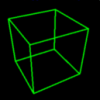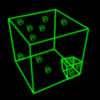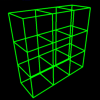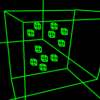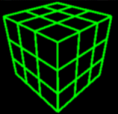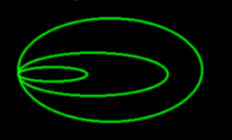size, scaling, and selection of holo-bricks
selection of comparison areas can be non-continuous
- <x,y,z>, <x1,y1,z1>,... 3D area(s) selection
"random" selection of voxels/pixels within a set 3D area & 4D time quanta range
- ta-tb, ta1-tb1... 4D time quanta(s) selection
- 3D Cell Area
- 4D Cell Quanta Range

